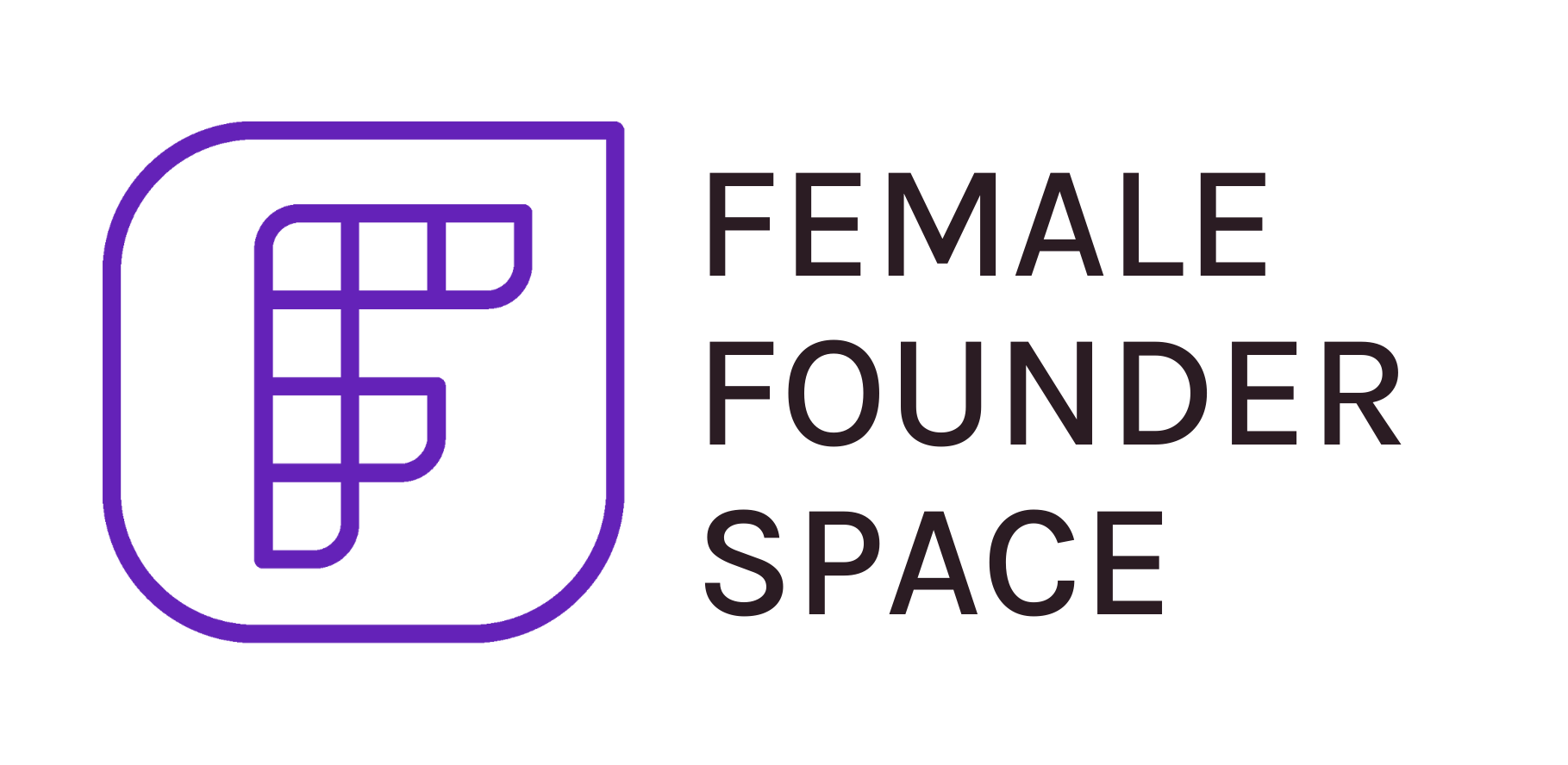Learn What is a Business Canvas
Transcript
It’s basically a white canvas. It’s a whiteboard and you have different elements on it. And it gives you an outline of your business model idea and gives you a perfect scheme, how to test it, how to prototype your business model. You talk about key customers, resources, marketing strategy and all that stuff, and you have a good systematic way to go through the different elements and really see what you need for your business model and how to test it.
It’s basically an assumption of your business model, if it’s true or not. That’s just not one, there are several on your business canvas. When you look at your Go To Market Strategy, if you go to your customers, what is your target group? How do you finance your business model? What’s the logic of the business? You have to assume a lot of things to really make this business work. And the Hypothesis is really an assumption of several elements in your business models that you need to test. For example, everyone knows Nespresso. And Nespresso started with an assumption that they can go through indirect channels. So what they did with the little pots and off the machines, they tried to sell it through retailers. And that didn’t work at all because their pots were so expensive that they needed to do something about the whole thing – create a atmosphere of a high price segment. So they learned after a while that their assumption to go through indirect channels was totally wrong. So that’s why they started to create like the Apple stores, stores that really had a magic moment inside their stores. And they sold it differently.
How do you do it? You fill the little segments. What is your target group? What is your value creation strategy? How does your service or product differentiate from competitors? How is your Go To Market Strategy? Will you go to direct channels? Will you be in a partnership and so forth. And you sketch out your different assumptions on this canvas, put it on a big wall and ideally let other people look at it also. Invite customers, go out with your canvas and really do interviews and test your ideas. That’s what you do. And that’s what the canvas is for – you can carry it around or you invite people to discuss your assumptions.
If your product and service doesn’t solve a real problem of your customer, target group, your business model is good for the bin. So the question is what is your service? Why is it valuable for the customer? What kind of problem does it really, really solve, and how do you bring it to the market? That’s the key and you have to test and do empathy interviews with your customers and you have to really learn about your market, about early adapters, about a pricing model. And this is really what you have to test. If you don’t do it, you don’t have a market and you don’t have a product fit for your target group.
The difference between searching and executing the business model is really easy. And it’s a tricky one though, because if you do execution earlier and you skip the searching part, you’re investing a lot of money and you might ruin your finances. So the searching is: validate your ideas, think about market analysis, think about your customers, test, test, test, prototype, prototype. And executing is really, if you have a very solid business model, then go to your bank or your finance person and get investment money, hire people, advertise and all that stuff. So that’s really execution. But before you execute your business model needs to be solved. It needs to be tested.
It looks very simple. I mean, you have the nine elements and you can write something down and you look at it and it sounds logic and you read through it and everything is there. I can’t stress it enough. The question is, is that what the market really needs? And I think the one thing that you really have to keep in mind when you do a Business Model in your canvas: be flexible, be reflective and be ready to throw it in the bin. And that’s probably one thing, especially when you work with more people and everybody has created the ideas and everything is on that canvas, and everybody is so proud. And then you go out and test it, and probably went in a totally wrong direction. Your assumptions were wrong and you have to be ready to let them go and start again or adapt. It’s easy to do, but it’s so tricky at the same time. So be flexible, go out, test your ideas, and don’t stick to them If you see it’s not working.
The 9 Sections of a Business Model Canvas
To fill in your business model canvas, it is important to first understand its different sections and how they are connected.
In order to deliver your product or service to your customers, you need to identify what are the key activities necessary to deliver your value proposition. These can include any kind of task that needs to be taken care of in order to ensure the delivery of your product or service to your customers. For instance, these can be financial activities, marketing, transportation, etc.
Finally, in this field, you want to identify and list how exactly you will be able to generate revenue. In other words, be specific about how your business will be able to cover your costs and then eventually earn a profit.
